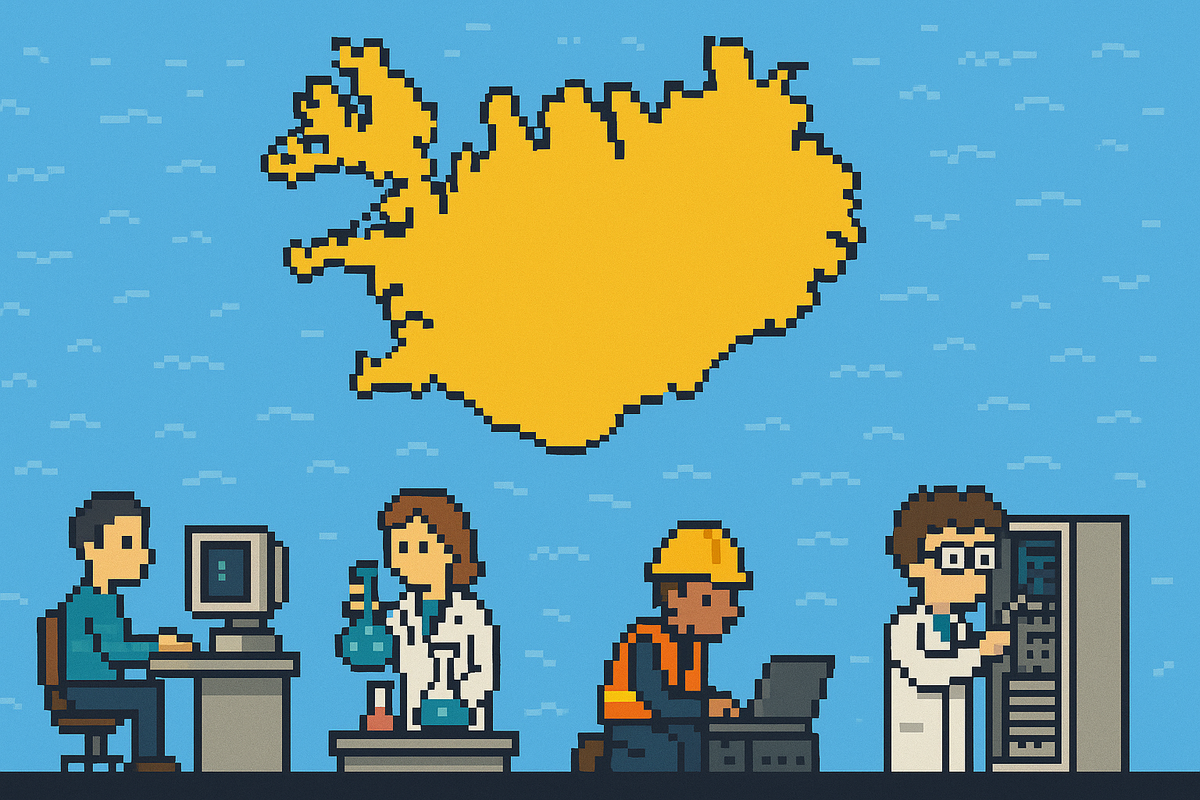49 billion ISK into various technologies: software tops the list, deep tech at the bottom.

New Northstack Analysis: ISK 49 Billion in Tech Grants – Software Leads While Deep Tech Lags
Between 2004 and 2024, the Icelandic Technology Development Fund (Tækniþróunarsjóður, TÞS) allocated ISK 49 billion (at current prices) to around 1,200 recipients. A new Northstack report reveals that software projects dominate this funding landscape—while areas like deep tech and ocean-related technologies have steadily lost ground.
Key findings from the report:
- Software dominates: Up to 63% of grants go to software projects, making it by far the largest category since 2011.
- Ocean tech decline: Marine and fisheries technology has fallen to below 8% of funding, compared to 20–34% in earlier years.
- Policy mismatch: The fund has not been used to support stated government priorities in AI or climate.
- Bottom-up dynamic: Allocations seem to follow project supply rather than policy direction.
“We were surprised at how much goes to software, especially given how little ends up in areas like nanotech or robotics,” said Dr. Eszter Czibor, lead author of the report. “We also didn’t expect to see such a steep drop in support for ocean-related technology.”
Northstack’s analysis shows that more than 60% of funding went to software projects in 2023, while the share for ocean tech has dropped from 20–34% in the mid-2000s to under 8% in recent years. At the same time, there is little correlation between allocations and government strategies on climate change or artificial intelligence.
The report is based on a comprehensive analysis of all fund allocations between 2004 and 2024, using new classification models that allow comparison with Statistics Iceland data. Results suggest that some industries receive less support than their economic weight would imply.
“We classified projects by where productivity gains or other positive effects of the technology are most likely to show up,” Czibor explained. “That approach shows, for example, that projects with potential impact on large sectors like construction receive relatively few grants, while others—such as those related to healthcare—fare better.”
“The Technology Development Fund is a cornerstone of Iceland’s innovation system,” said Kristinn Árni Lár Hróbjartsson, founder of Northstack. “So far, governments have not steered it toward creating value in specific industries, but rather allowed grassroots demand to drive allocations. With ongoing reforms of the funding landscape and a new industrial strategy, it may be time to ask whether public innovation support should be more aligned with national priorities.”
Find the report below:

